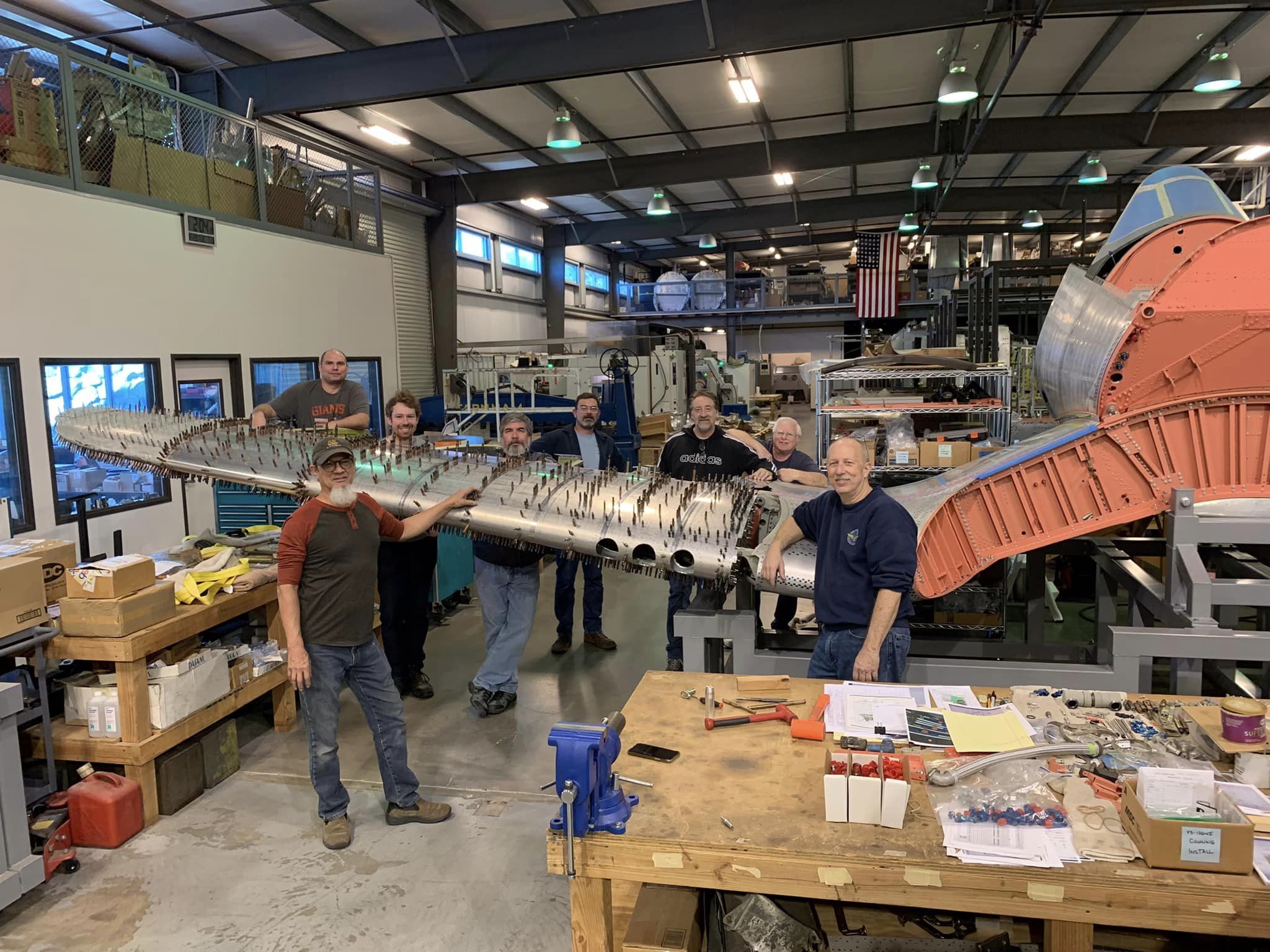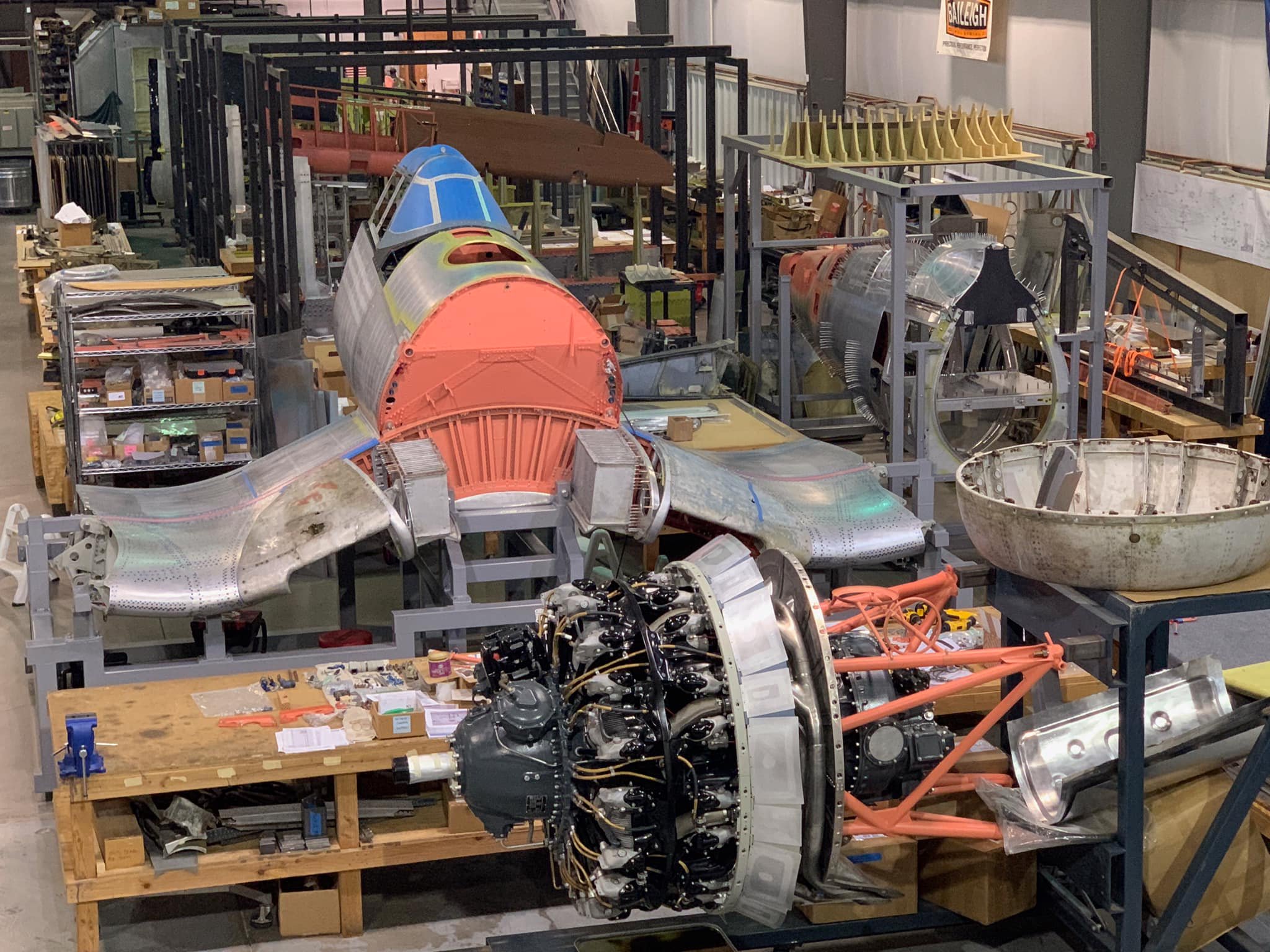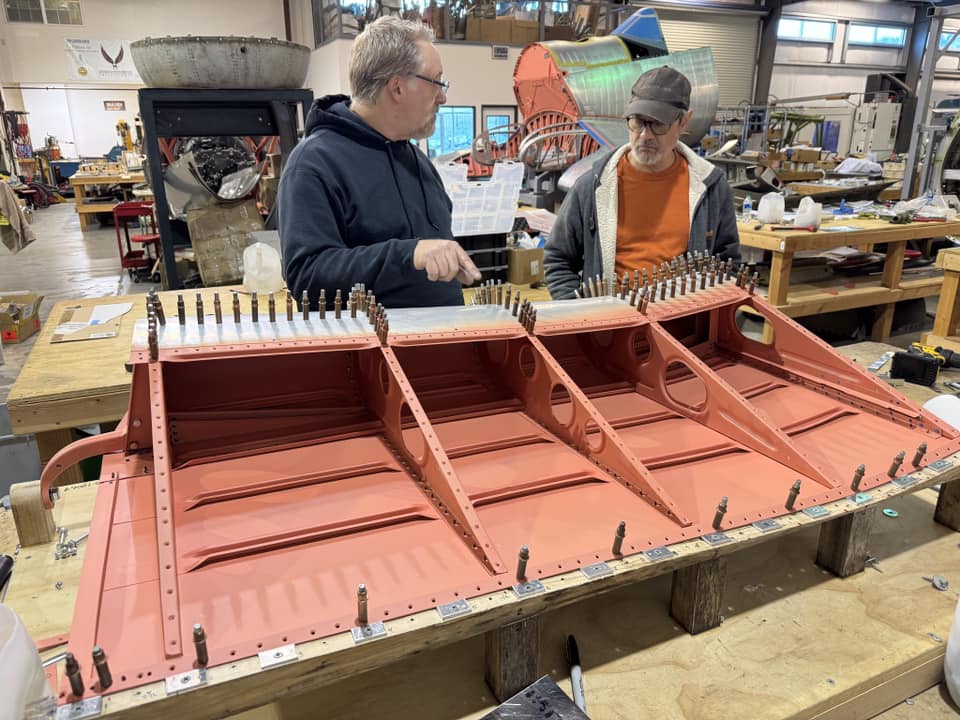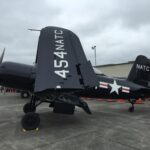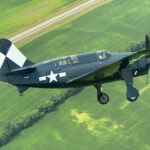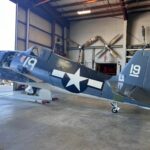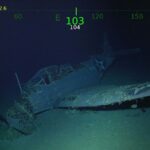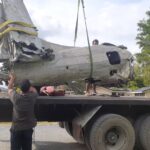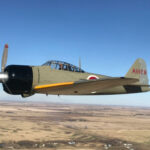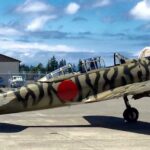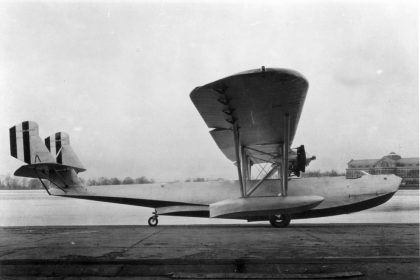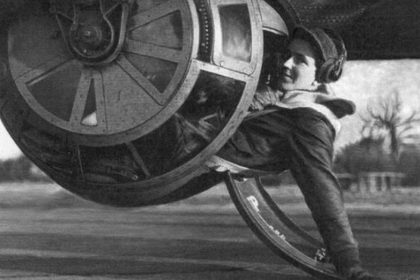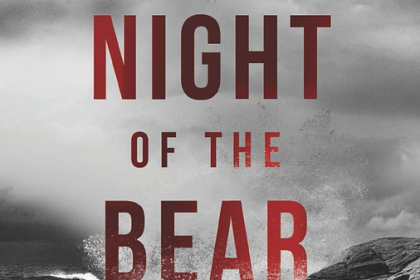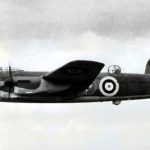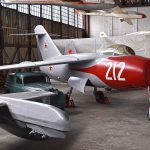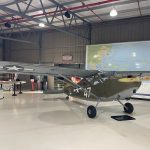When it comes to Corsair restorations two shops come to mind—the late John Lane’s Airpower Unlimited in Jerome, Idaho, and Chuck Wahl’s Vultures Row Aviation in Cameron Park, California. Vintage Aviation News recently sat down with Chuck Wahl at his shop at Cameron Park Airport (O61) about the progression of numerous Corsair projects.
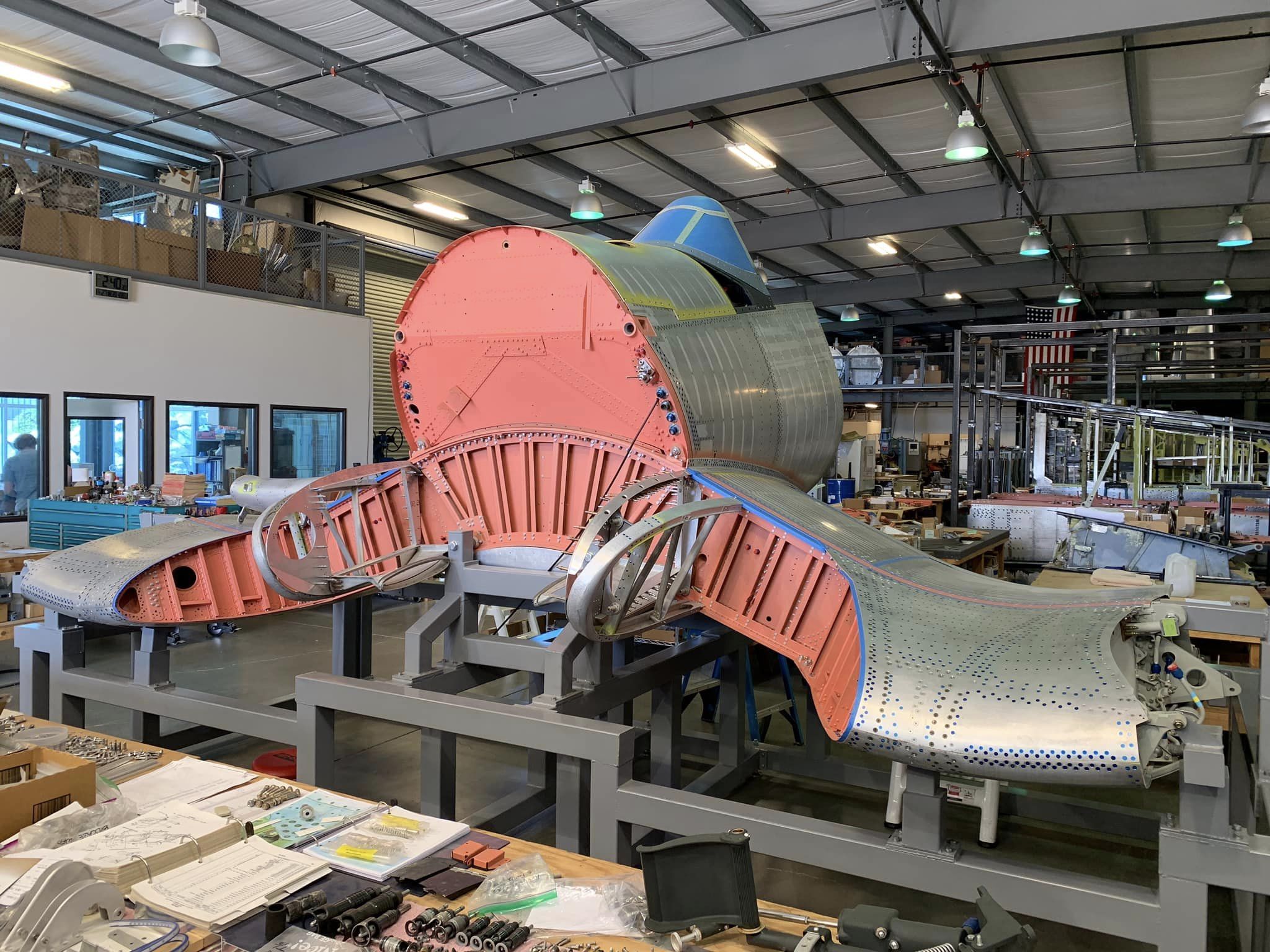
Chuck Wahl’s affinity for aviation, and more specifically warbirds, can be traced back to his grandfather, who flew B-17s and B-24s during World War II and his father, who flew A-7s and AV-8As (as exchange pilot in the Marine Corps) in the Navy. This influence led Chuck to start flying R/C models at a young age, and when he was 16 he soloed, got his private at 17, followed by his commercial, instrument, and CFI at 18. While he’s been flying nearly all his life, he never flew professionally as he explained, “I flew for fun. I sat behind a radar screen for almost 26 years at the world’s largest ATC facility, Oakland Center, from 1982 to 2008.” Not only did Chuck get into flying at a young age, he started in warbirds early on as well. He flew T-34s in high school and earned his commercial and CFI ratings in Mentors. Chuck owns that T-34 today and plans to restore it to flying condition in the near future.
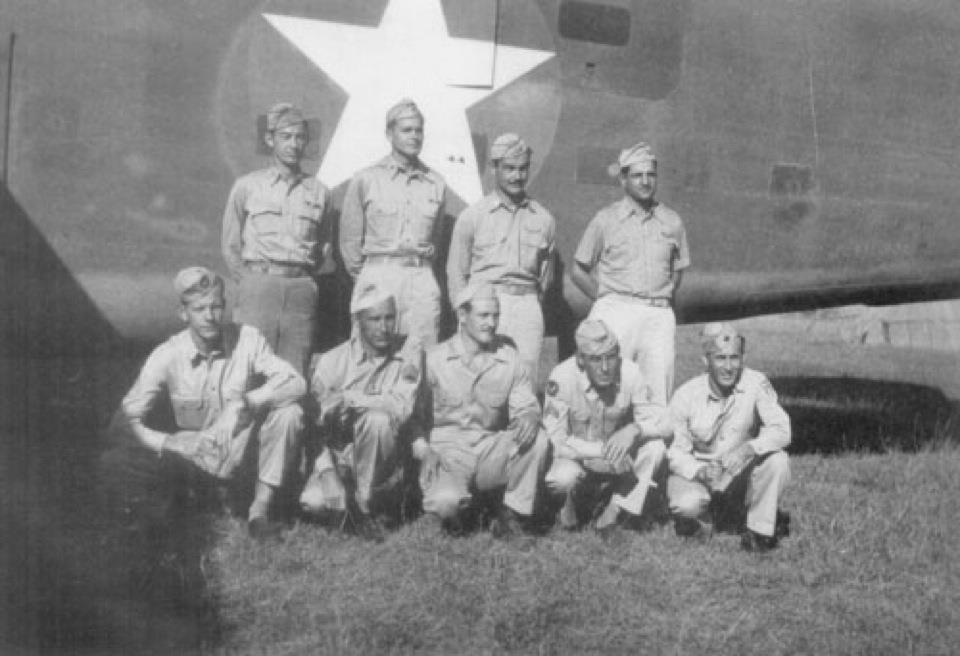
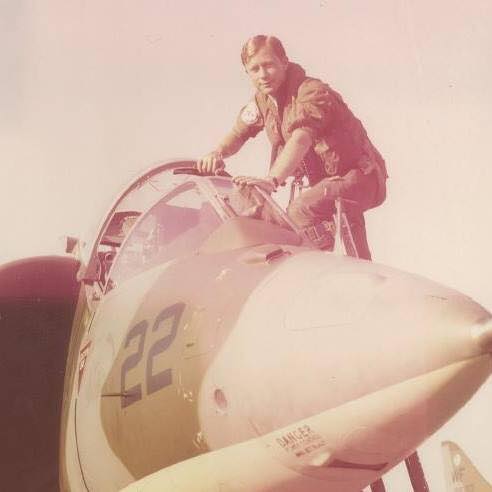
While he was with the FAA, Chuck established a computer side business, but one day he had enough and was looking for another hobby, so he bought a T-28 project and restored it to flying condition. That project was followed by a T-34, which he kept, followed by an SNJ-5C BuNo 90656, which won 2009 National Aviation Heritage Invitational Grand Champion and 2010 Oshkosh Grand Champion Post-WWII, among many others. “It’s just blossomed ever since,” Chuck said.
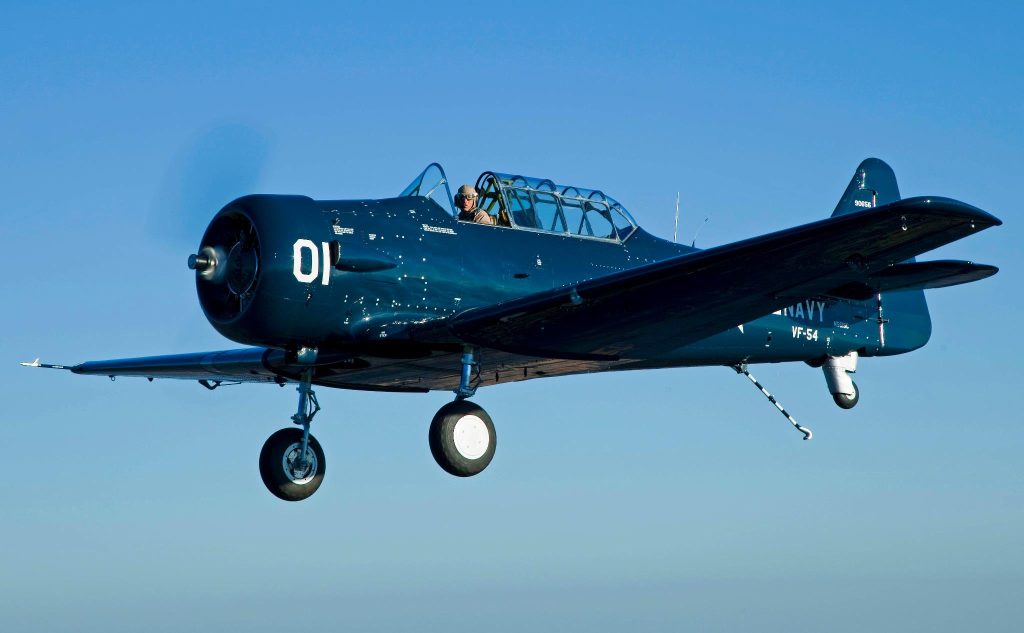
Up to that point, the restorations were personal, but in 2010, he established Vulture’s Row Aviation (VRA) and he’s been busy ever since. The first project he undertook was the structural restoration of SB2C-1A Helldiver BuNo 75552, which took to the sky again on August 8, 2024. “In conjunction with that, we started the Dauntless 10694 and finished and flew that airplane in July of 2017. It’s in the museum in Colorado Springs and flies semi-regularly, I guess. It’s probably going to forever be the most authentically restored Dauntless. The big thing in my shop is authenticity. We’re all about authenticity. I want our projects to be exactly as they were manufactured 80 years ago. So, if it’s a machined part or sheet metal, what have you, ink stamps, metal stamps, wiring, rivets, we do it all. We do everything except engines, propellers, and instruments,” Chuck stated.
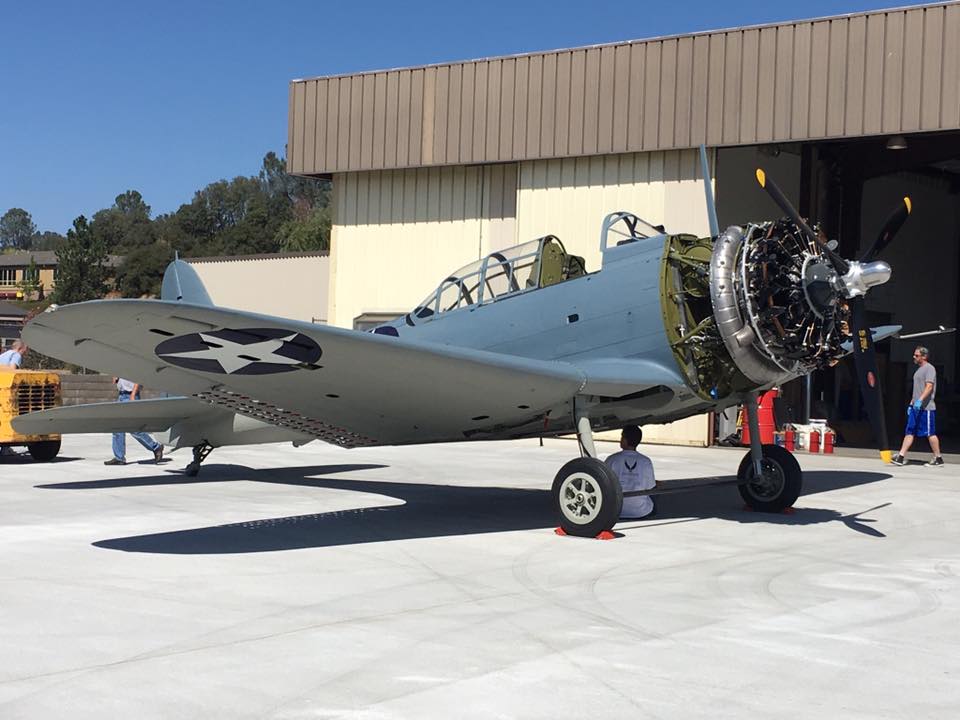
When asked how such a level of authenticity is achieved, Chuck explained, “Well, it takes a lot of research. Constantly, day after day, after day. You’re in the prints. You’re in the manuals specific to the aircraft as well as the ones how manufacturers did things across their process for all the planes they produced. Then, you have things nowadays like wire. Tefzel wire is what’s used in aviation, but I send it out and have it cotton-covered, and lacquer finished with a non-flammable FAA-authorized lacquer that makes it look 80 years old with the color, the stripes. Then the wiring numbers are put on, and those are specific to each manufacturer, like North American, Vought, etc.”
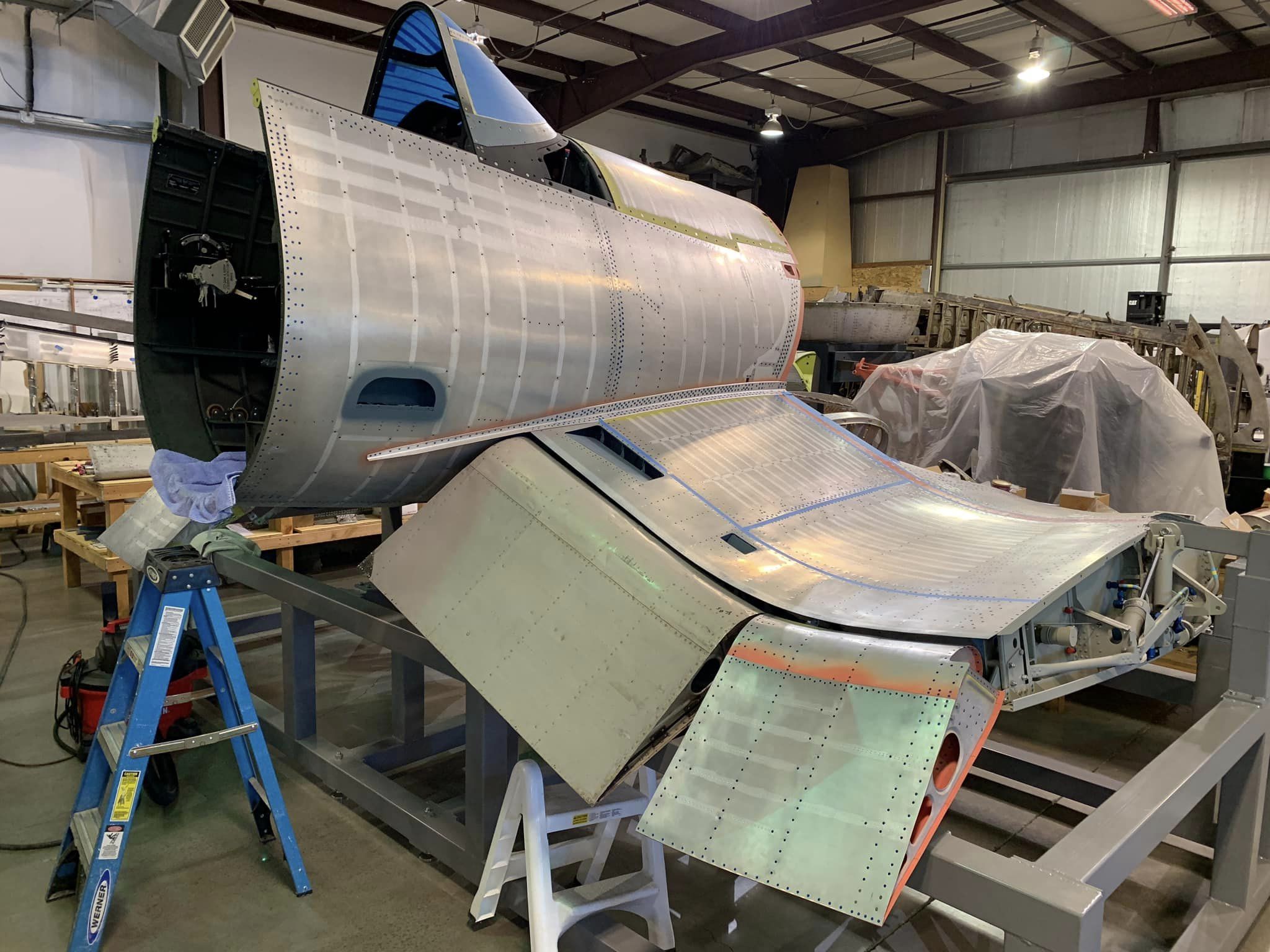
“So, it just comes down to research and original parts. You see how they did things, and you just duplicate it. That becomes a large part of the challenge of restoring these airplanes—duplicating the process. It is not just making a part that would fit, make it like the original part so that it will fit like the original part.”
Having the manuals and prints though, don’t always answer all of the questions, like how a certain manufacturer made a part, as Chuck esplained. “The prints and the manuals won’t tell you how to manufacture parts. That was pretty much proprietary back in the day. Luckily, I have an extremely talented crew that can reverse-engineer things. The guys just take the challenge on, unwilling to be defeated on how it was done. They will figure it out at all costs. Sometimes we had to figure out how to do things that required three or four of us as a team to get together.”
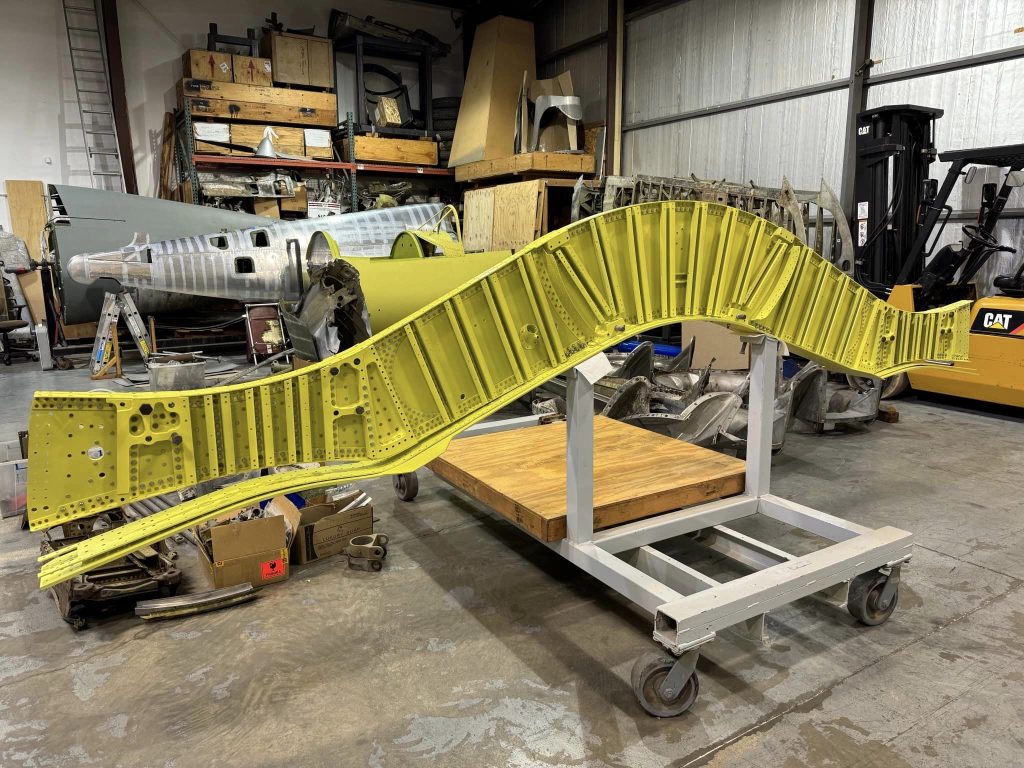
Those talents Chuck spoke of contributed to the restoration of the Brewster F3A-1 Corsair, that now resides in the National Museum of World War II Aviation in Colorado Springs. The nose bowl on the Corsair is extremely difficult to produce, but the crew at VRA accomplished the task and that led to a phone call from Nelson Ezell, whose shop was restoring the Brewster, as Chuck related. “Nelson Ezell called me when he started working on the Brewster. He said, ‘Hey Chuck, do you think you can make the skins for the nose bowl?’ Those skins are extremely difficult to make and takes about two weeks to make the three skins that comprise an entire nose bowl. They’re very unique, the way they’re formed and the way they’re wrapped around on the leading edge. So, we take on the challenge and it just takes a crew of guys. We reverse engineer and figure out how to do things, and trial and error on some things. Some things we get lucky, and some things we keep beating our head against the wall until we figure it out.”
While VRA got its start with the Dauntless and Helldiver restorations, in recent years it has truly become known for Corsairs work. When the author visited in July 2022, the shop looked like a mini production line in Stratford or Akron and remains so today. It is quite an exciting sight for Corsair enthusiasts. Chuck explained how this came about: “I had a number of friends with Corsair projects, and they asked what my plans were when the Dauntless was finished. I told them, ‘Well, I’d love to do Corsairs, if that’s what we want to do, if the guys want to get together and do it.’ So, we started going in that direction.”
“So, in 2014, we got our first set of Corsair outer wings in the shop. When we finished the Dauntless in 2017, we were already looking forward to spooling up and the next thing, you know, I got seven Corsairs in the shop under restoration.” Chuck’s head-first dive into Corsair restorations was facilitated by one of his clients, Duane Doyle, who had spent 20 years of spanning the globe collecting Corsair parts. The result was five semi-trailers, a shipping container, and a whole shop full of Corsair parts. “Today we have the world’s largest supply of Corsair parts,” Chuck said. “And it’s still not enough to do everything we’re doing on the seven projects currently in the shop.” Chuck’s statement about seven projects doesn’t necessarily mean seven complete airframes. Some of them are in the shop of the owners where they are working on various components. Chuck has a number of major components, including ten outer wings panels. The Corsair outer wing program is quite extensive.
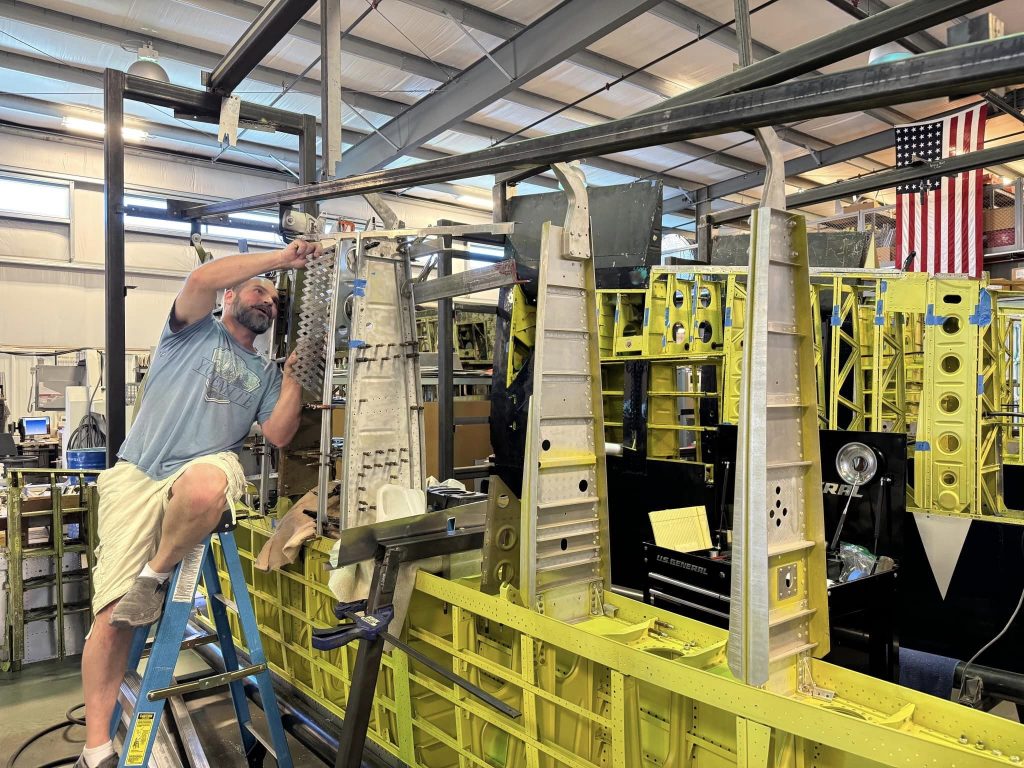
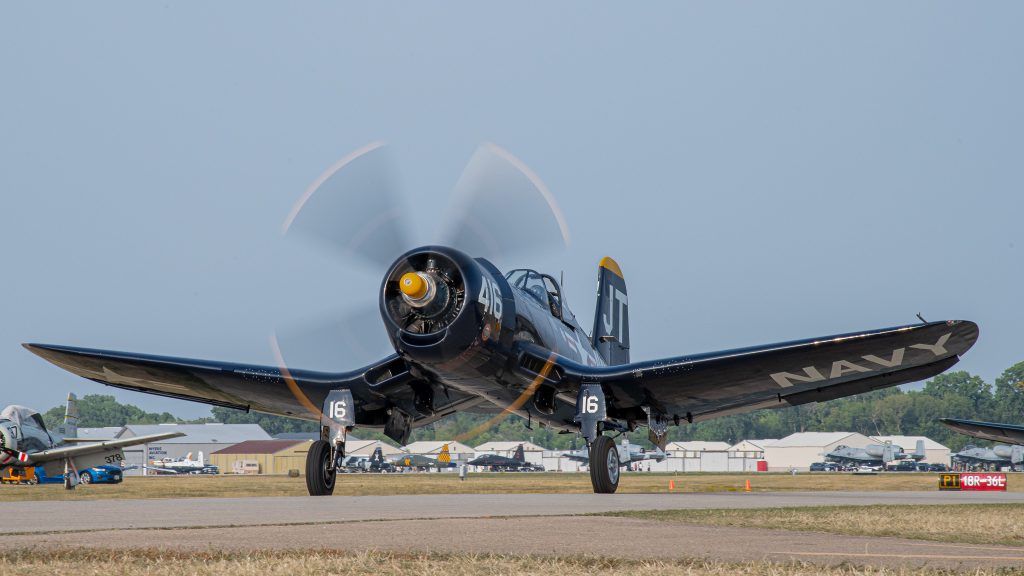
One set of wings at VRA belong on Jim Tobul’s combat veteran F4U-4 BuNo 97143 Korean War Hero. “We’ve got his original fabric covered wings,” Chuck explained. “So he’s currently flying a secondary set of that are metalized. We’re also working on a set of fabric-covered wooden ailerons that will go on his airplane as well. They’ll be finished this winter.” What Corsairs can we expect to fly out of VRA in the years to come? While Chuck could not go on record with all projects, what he did speak to is exciting enough! Three of the projects are veterans of the 1969 Soccer War between Honduras and El Salvador. Another is FG-1D BuNo 76628, which is known internally as the “Hawaiian Corsair.” This aircraft was in Hawaii at the end of World War II and crashed in 1946 and remained in situ until it was recovered in the 1980s.
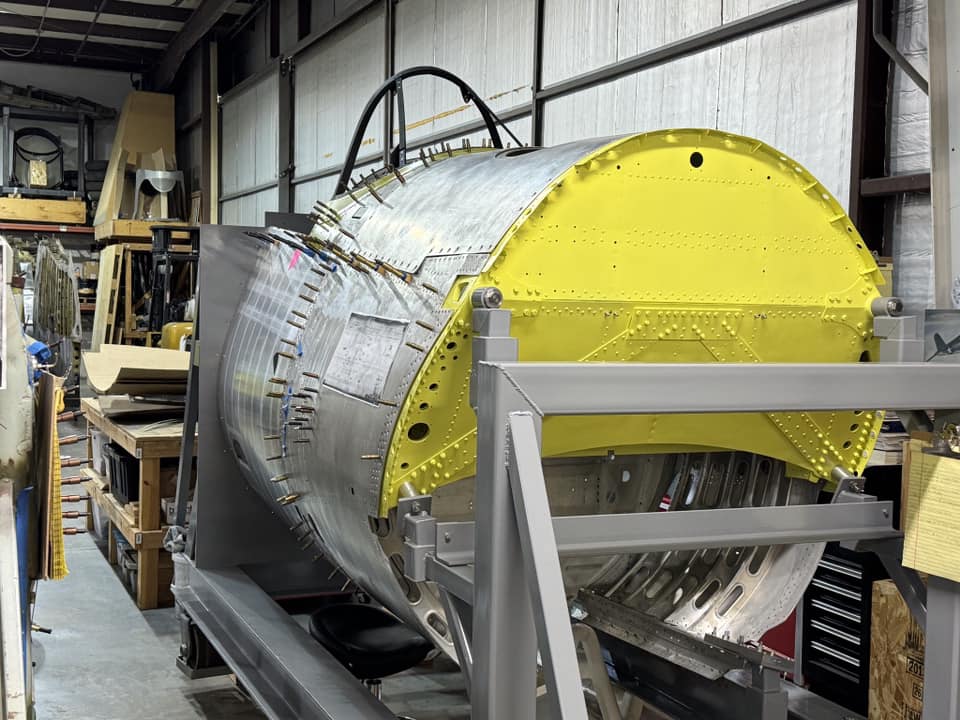
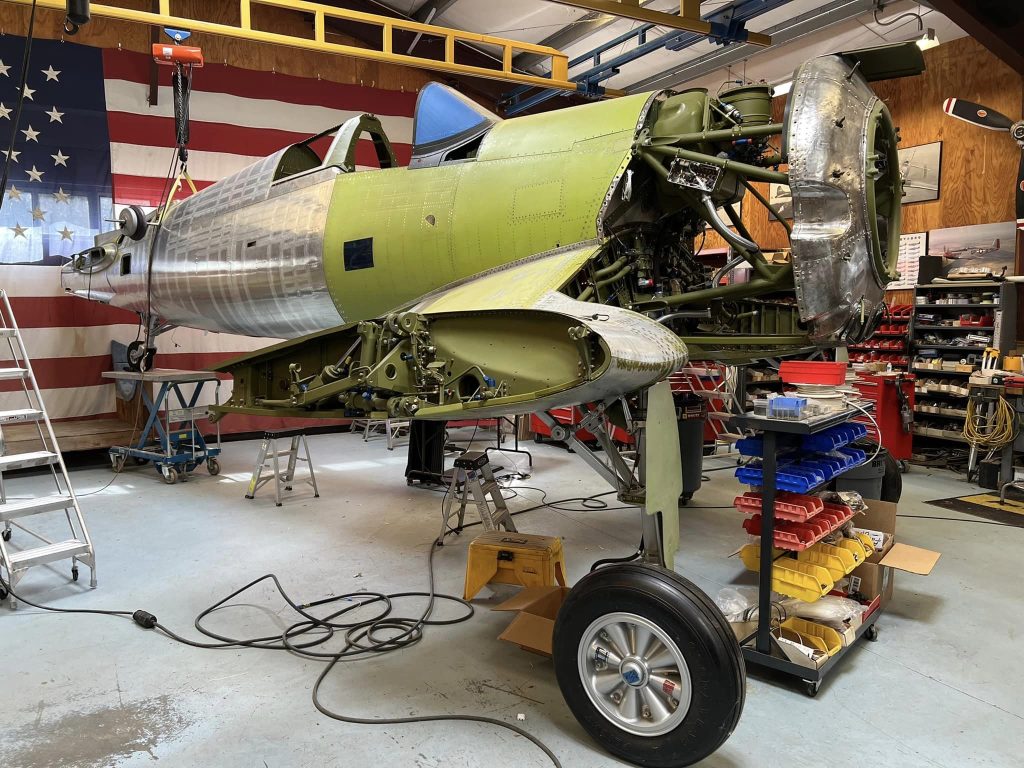
A second Goodyear-built Corsair at VRA will be especially exciting to air racing fans. “It’s an FG-1A, bureau number 13481, but most people know it as Lucky Gallon,” Chuck said. “This aircraft was raced in the 1946 Cleveland Air Races. He took sixth place. That was the first and only non-Super Corsair Cook raced, because that 1946 race he told an admiral, ‘If you want to beat these Army Air Corps guys and these P-38s and so forth, I’m going to need those Super Corsairs to go faster.’ So, in ’47, they started racing the Super Corsair and Lucky Gallon got parked for many years until Walter Soplata bought the remains and put it on his estate until it was purchased maybe five or six years ago…” Chuck said. When complete, the Corsair will be finished in its maroon and cream racing livery.
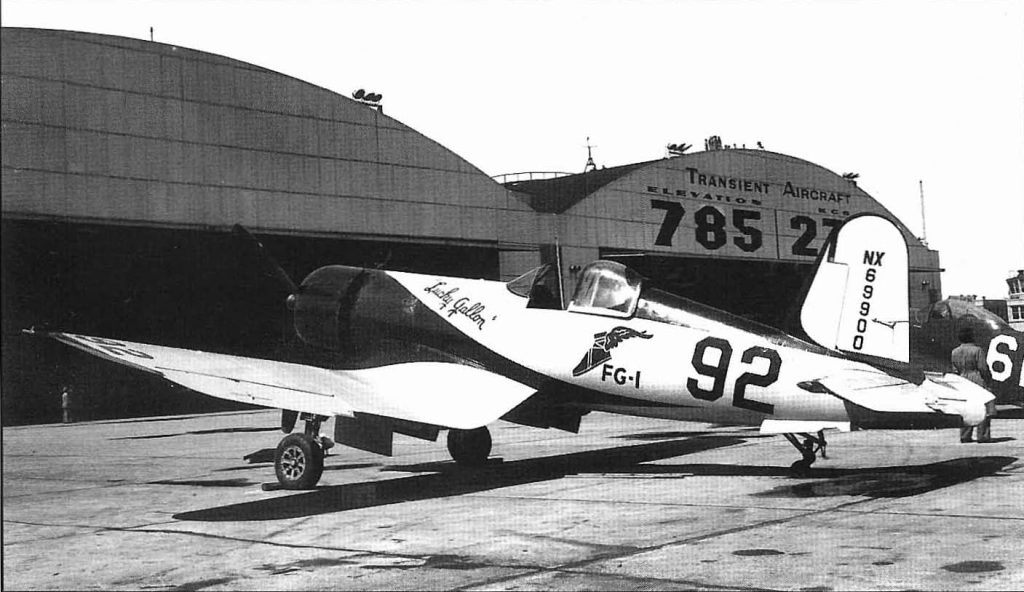
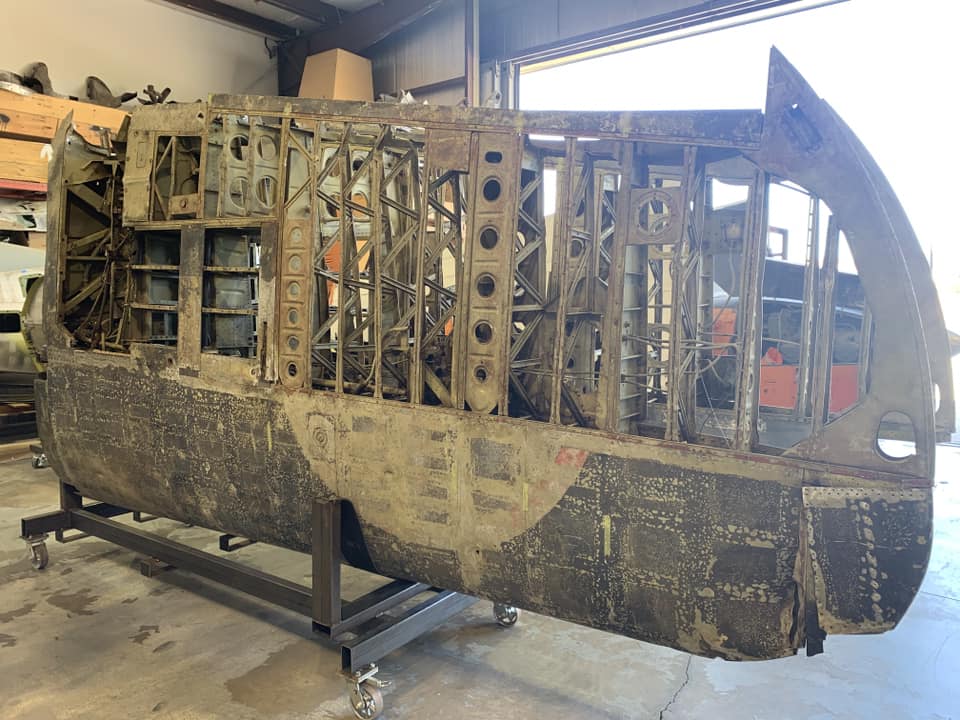
The last project Chuck discussed is what he likes to call “the shop mascot”- F4U-1 BuNo 02449. Not only is this aircraft one of the so-called “Birdcage Corsairs,” but it is also just the 297th Corsair built. Accepted by the Navy on March 13, 1943, it was immediately shipped to the South Pacific. Chuck takes the story. “This is where it gets almost unbelievable, quite frankly. So, the history card shows it at Guadalcanal at the end of April and the entire month of May. In mid to late June of ’43, it was at Guadalcanal in MAG-11 and was assigned VMF-112. [Author’s note- this squadron was called Wolf Pack and was home to almost a dozen early Corsair aces. The squadron went on to see combat in Korea and Operation Iraqi Freedom. Today, the-now designated VMFA-112 is known as the Cowboys, and operate the F/A-18C+ Legacy Hornet and are slated to convert to the F-35B in 2029]. I’m still doing research, but we have found one pilot’s logbook that has 02449 listed in it in the South Pacific. Cory down at Planes of Fame found that for us. I recently hired Dana Bell to go to the National Archives… he actually found a Navy photograph, dated June 4, 1943, of the airplane with VMF-112.” The story doesn’t end there, however. Chuck has also uncovered documentation that shows 02449 was later assigned to VMF-214 Swashbucklers, and from September 1943 to the world famous Boyington-era Black Sheep. That, however, is another story for another time.
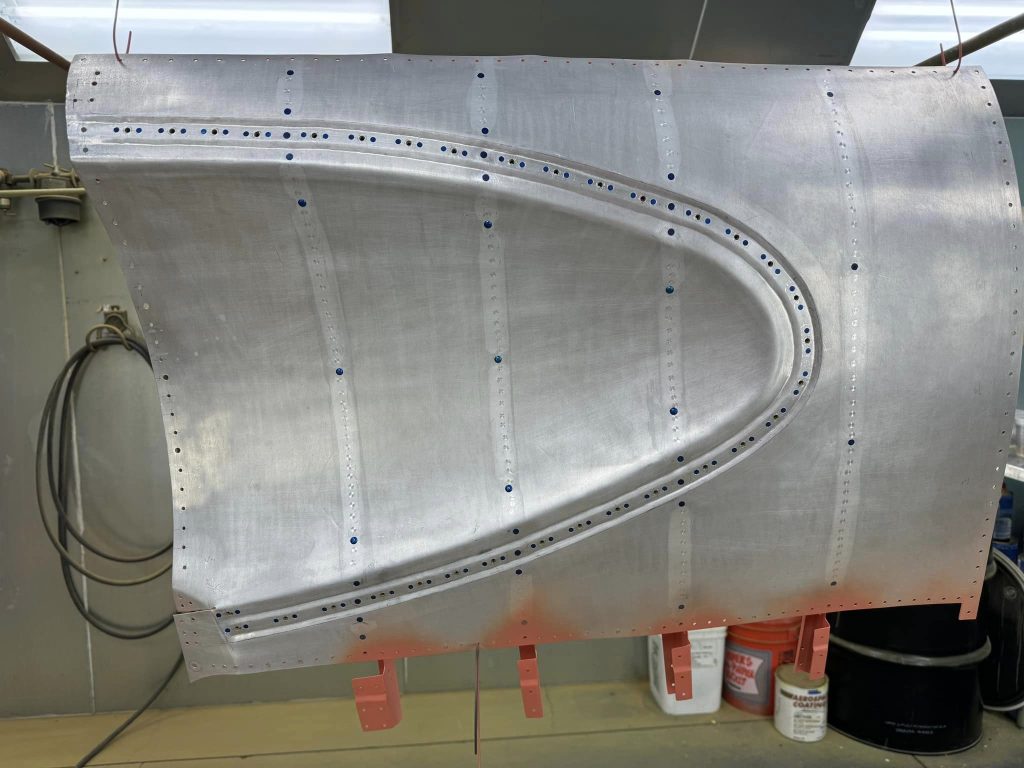
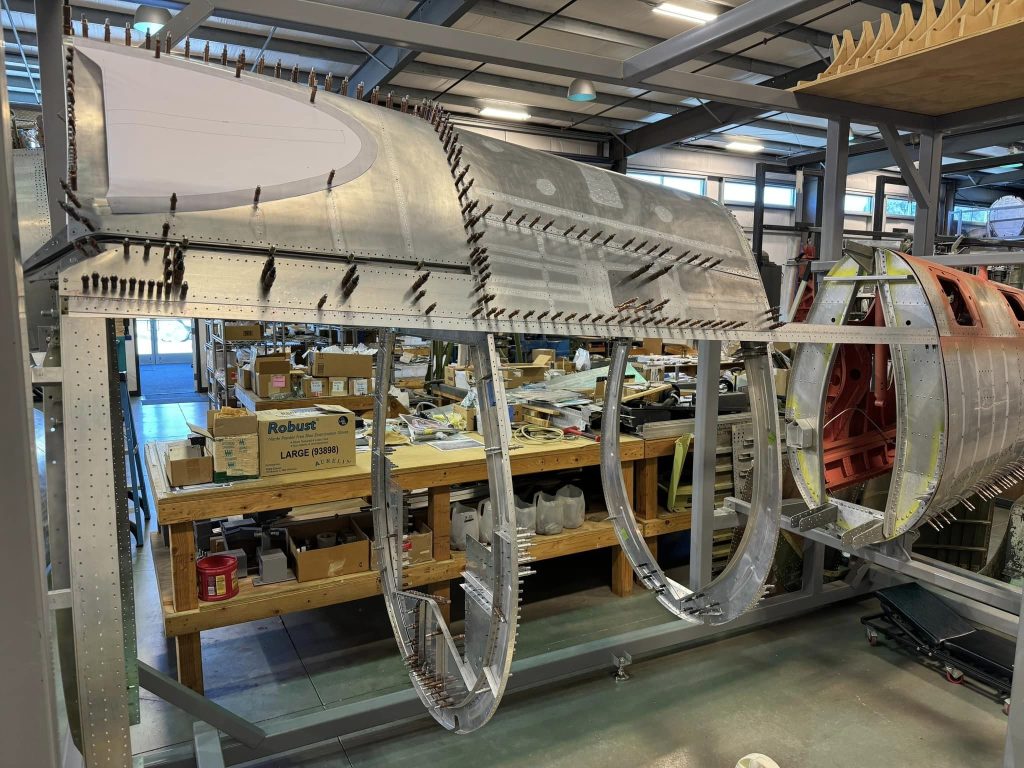
In closing Chuck said, “These airplanes, they have heart, and they have soul. They know what’s going on. I’m 100 percent convinced by being around these old airplanes for as many years as I have, that there’s another side that we can’t get to in our life. Things happen that you can’t explain. It’s interesting. It just really makes you raise your eyebrow and say, ‘Wow, maybe there is another side that someday we all go to, and that side’s watching what we’re doing on this side.'” For Corsair veterans and enthusiasts on both sides of the great beyond, the next decade will be an exciting time as each Corsair at Vulture’s Row Aviation takes to the skies once more. For more information about Vulture’s Row Aviation visit their website www.vulturesrowaviation.com or Facebook page.
